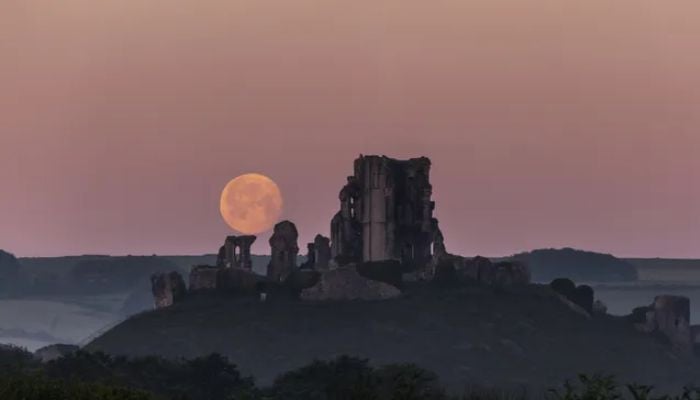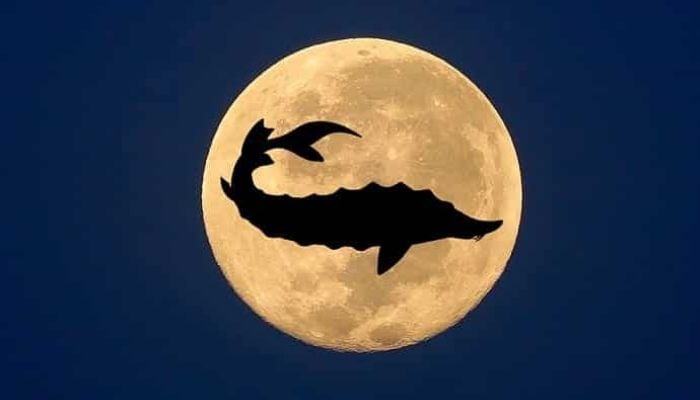Sturgeon Moon, the second full moon of summer, will lighten up the sky on Saturday, August 9.
Why is it called Sturgeon Moon?
The full moon takes its name from the sturgeon fish found in the Great Lakes in North America during summer. It served as a marker for the prime time to fish for this important food source. Symbolically, Sturgeon moon is also seen as the symbol of resilience, strength, and abundance, portraying plentiful harvests that were characteristics of the summer.
In other cultures, August’s full moon is recognized as green corn and grain moon. The seasonal names for the full moon also vary across the world.
The best time to see full moon
Sturgeon moon will be best seen at 3:56 a.m. EDT on Saturday, August 9. However the night gazers can also enjoy the full moon on both Friday and Saturday nights.
The best time to watch it rise in North American will be at moonrise during dusk on Friday, August 8. This is the most suitable time to observe as the moon will rise about the same time the sun goes down. The second good option will be the west coast on August 9.
In New York, New York: sunset at 8:04 p.m. EDT, moonrise at 8:03 p.m. EDT on Friday, Aug. 8 and sunset at 8:03 p.m. EDT, moonrise at 8:32 p.m. EDT on Saturday, Aug. 9.
Los Angeles: sunset at 7:48 p.m. PDT, moonrise at 7:48 p.m. PDT on Friday, Aug. 8 and sunset at 7:47 p.m. PDT, moonrise at 8:21 p.m. PDT on Saturday, Aug. 9.
London: sunset at 8:37 p.m. BST, moonrise at 8:40 p.m. BST on Friday, Aug. 8 and sunset at 8:36 p.m. BST, moonrise at 8:58 p.m. BST on Saturday, Aug. 9
The best place to see Sturgeon Moon
To experience this celestial activity, one must find an elevated location, an open and wide space or east-facing coastline with a clear view of the eastern horizon. The full moon can be observed through naked eyes but a telescope and binoculars will give a more clear and closer look.
Annual peak activity of Perseids shower
The rise of the full moon will bring bad news for the annual Perseids meteor shower as the bright moonlight will ruin the peak activity of shooting meteors on August 12-13.
Upcoming Lunar Eclipse
September’s corn moon, the third full moon of summer, will be a total lunar eclipse witnessed on Sunday, September 8. The eclipse can be visible from the parts of Asia, Australia, and the Pacific. The event will see the penumbral and partial phases of the moon to move through the Earth’s shadow.

